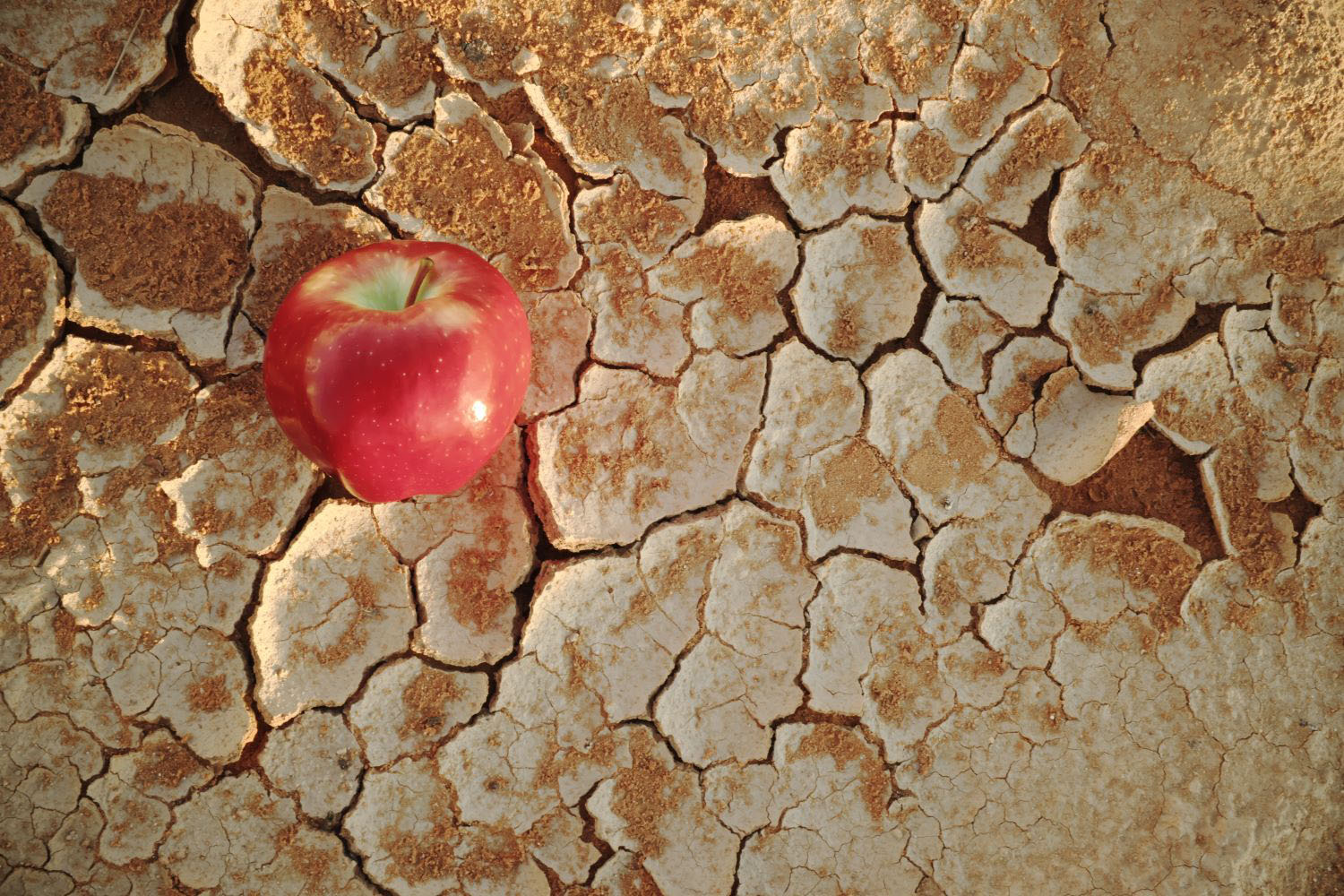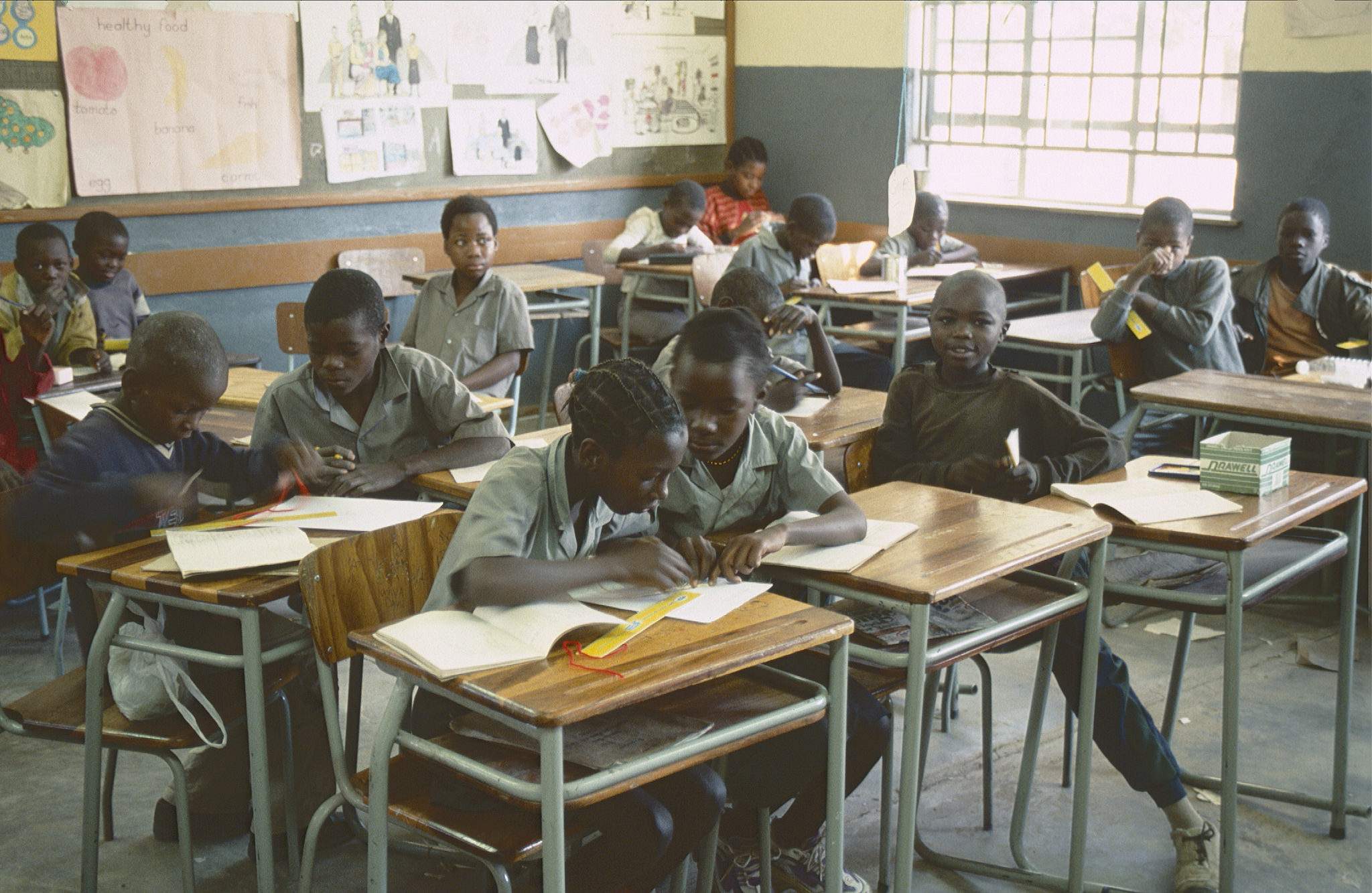The UN’s World Food Program now estimates that some three million Zimbabweans, or roughly one-quarter of the population, may require food aid this year. Zimbabwe is suffering from erratic rainfall this year, blamed in large part on the El Niño weather phenomena. I know this will be devastating for a country that has already suffered so much. I was living in the country during the horrible 1992 drought and remember vividly the dry riverbeds and parched mealie (corn) fields. An estimated 70% of Zimbabweans rely on agriculture, so the impact on poverty and human welfare will no doubt be severe.
But in reading about Zimbabwe’s current predicament, something struck me: neighboring Zambia seems to have no urgent food aid requirements. Yes, they are different countries, but they have much in common: a long shared border, a very similar history, a similar economic structure based on agriculture and mining, and they even rely on the very same Kariba hydroelectric dam.
But this map using images from the US government-funded Famine Early Warning Systems Network suggests very different situations on either side of the Zambezi River.*

*The map shown here is merged from two FEWS NET country maps aligned along the border. Thanks to Jocelyn West.
Nearly all of Zimbabwe is already either in crisis or under stress. In Zambia, no areas are in crisis and just one southwestern corner is under stress. Interestingly, along the Zambezi River valley, their shared border, the north side is normal, but not the south. This discrepancy reminded me somewhat of the famous satellite photos of the Haiti-DR border and North vs. South Korea at night. There are several possible explanations:
- Rain patterns really are very different on either side of the Zambezi. I’ll leave it to others to validate this possibility.
- Food markets and/or government buffer stocks are functioning in Zambia but not in Zimbabwe.
- Zimbabwe has lost its resilience capabilities, at least relative to Zambia. There is some past evidence that Zimbabwe’s substantial system of small dams and water storage were destroyed after the land grabs in 2000. Perhaps Zimbabwe has rebuilt all that lost rural infrastructure, but I doubt it.
- Zimbabweans are just poorer and thus more reliant on external help. According to World Bank data, the average Zimbabwean earns less today than they did fifteen years ago. By contrast, the average Zambian is twice as wealthy as they were in 2000.
- Lousy governance. Zimbabwe has been at or near the very bottom of most governance measures. Since the World Bank started releasing its policy scores a decade ago, Zimbabwe has the lowest average score of all countries in the world (Zimbabwe’s average CPIA composite since 2005 is 1.98, which ranks dead last out of all 83 countries scored by the World Bank. The global unweighted average score for the period is 3.3. Zambia’s average is 3.4).
My hunch is that poor governance probably largely captures all the other explanations except rainfall. A richer, better-functioning economy with a strong infrastructure and vibrant agriculture is better able to adapt to weather shocks. Conversely, a country whose government has deliberately destroyed its own farming sector, failed to invest in infrastructure, and mismanaged the economy is in a very weak position to manage a weather shock.
The differences in food shortages between Zambia and Zimbabwe, therefore, seem largely man-made. Thus responsibility for Zimbabwe’s predicament rests not so much on weather as squarely on the shoulders of the government still run by Robert Mugabe, who is known sometimes as Uncle Bob. In other words, El Niño may be bad, but Zimbabwe’s suffering is mainly from El Tío.
CGD blog posts reflect the views of the authors, drawing on prior research and experience in their areas of expertise.
CGD is a nonpartisan, independent organization and does not take institutional positions.






